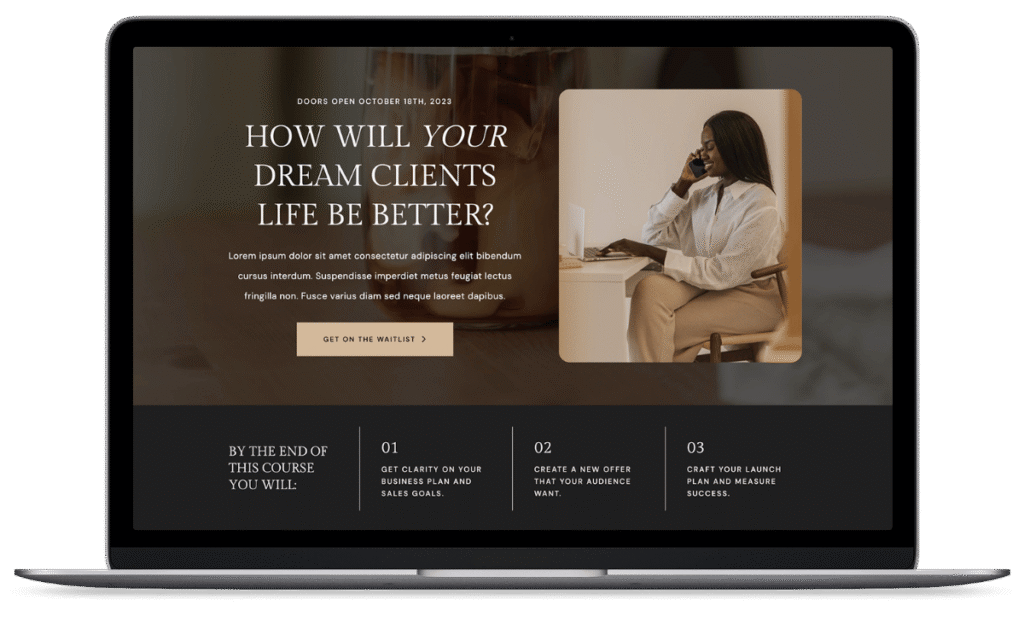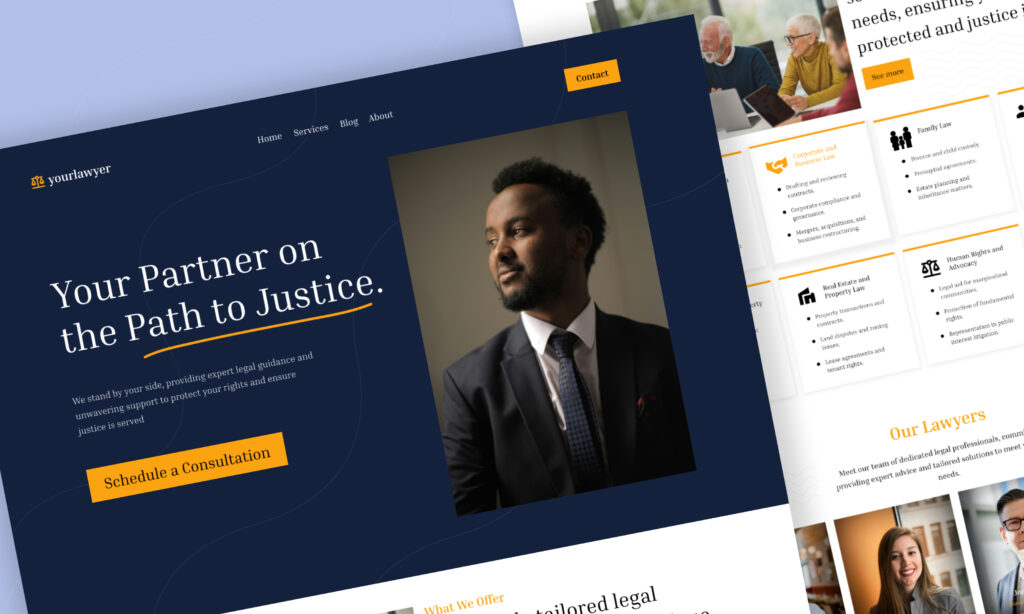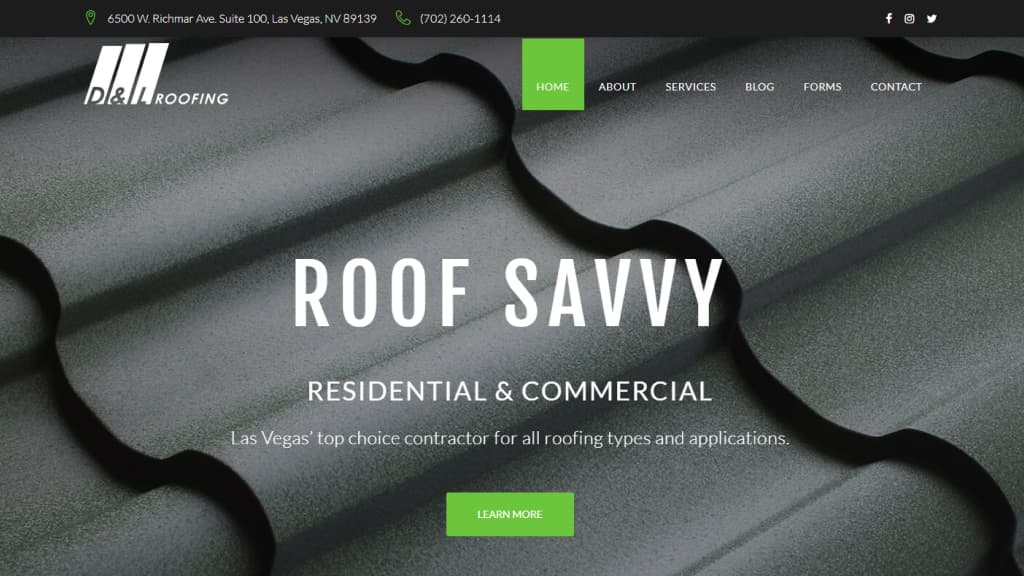In digital marketing, a landing page serves as a powerful tool. It captures one’s information through a lead-capture form. The role a landing page plays in converting website visitors into potential sales cannot be understated. Learn about the strategy of crafting an efficient landing page for better website performance here.

Importance Of A Landing Page
For one, landing pages assist businesses in achieving specific objectives. They can help promote new products or services, capture details for email marketing, or convert traffic into sales. These pages also are a reflection of your brand, making them a part of any marketing strategy. Effective general contractor website design should incorporate well-crafted landing pages that not only showcase services and capture leads but also reflect the brand’s identity, ultimately contributing to better website performance and increased conversions.
Understand The Target Audience
Developing an effective landing page starts with an understanding of the target audience. A comprehensive audience analysis will provide insights into their needs, preferences, and behavior. This knowledge should be the basis for the message, design, and overall strategy of the landing page.
Aligning The Landing Page With Business Objectives
Every business has unique goals and the landing page should align with these. For example, a landing page for an e-commerce site might aim to generate immediate sales, while a B2B service’s page might be designed to capture leads for follow-up sales calls.
The ultimate objective of your landing page helps shape the call to action (CTA) – the concise instruction that solicits visitors to make an immediate response.
Crafting An Engaging Copy
The landing page copy is a critical factor that sways the visitor’s decision to stay or leave. Keeping it clear, engaging, and easy to comprehend is essential. The copy should articulate the unique value proposition to the audience and prompt them to take action.
Design That Draws Attention
An eye-catching and user-friendly layout is paramount. Key elements such as headline, images, form, and CTA, should be easily distinguishable and follow a natural visual flow. Proper use of whitespace, contrast, and color coordination will enhance readability and impact.
Choosing The Right Visuals
Visuals transcend language and cultural barriers and foster a deep understanding of the message being put forth. Using relevant and high-quality images helps in establishing an emotional connection with the visitors.
Optimizing CTA For High Conversion
A CTA guides visitors toward your goal. CTAs that are precise and compelling can improve the conversion rate significantly. Use strong command verbs to start your CTA and offer a reason to respond. CTAs should be visually striking and easy to locate on the page.
Mobile-Friendly Landing Pages
Lastly, in an era where mobile web browsing has surpassed desktop usage, a mobile-responsive landing page is indispensable. Ensuring the landing pages load quickly and are visually appealing on smaller screens can help in improving the conversion rate.

